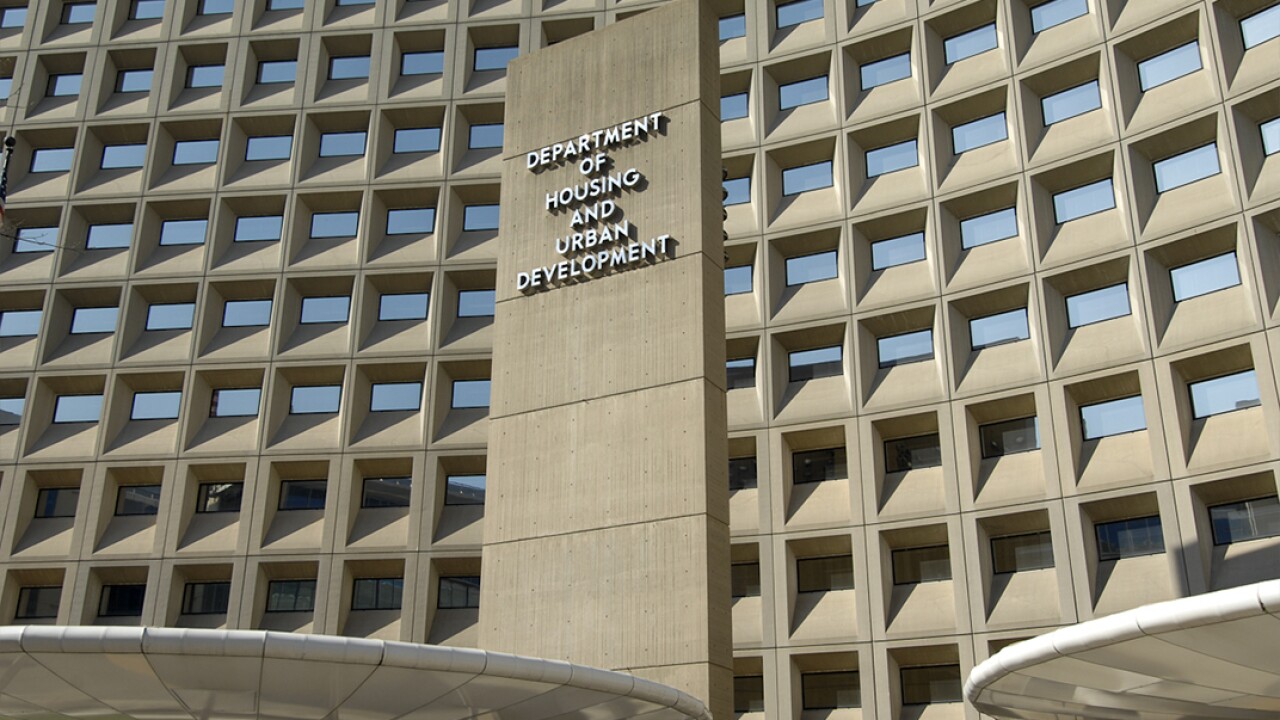Compliance costs rose last year at nearly three quarters of midsize and large banks, and bankers complain that the burden is forcing them to raise prices and curtail innovation, according to a new survey released by the Risk Management Association.
In the association’s second annual bank survey, 50% of respondents said they spent between 6% and 10% of their revenue on compliance costs, while another 20% spent less than 5% on compliance. For banks, that has meant less flexibility in designing products (25%) and higher costs for some products (22%).
“If you have a lot of compliance-related burden associated with a particular product or service, a banker may decide not to offer that product or service, or may offer it at a higher cost to the consumer to offset the related cost,” said Bernard Mason, the association’s regulatory liaison. “The bottom line is, because of the additional regulatory compliance burdens, it may be no longer offered or offered at a higher cost.”
Meanwhile, bankers also named their top three risk management challenges: operational risk, including cybersecurity and third-party exposures (50% of respondents); regulatory compliance risk (30%); and credit risk (20%).

And when asked which impending regulatory change raised the most concern, 50% of bankers named the current expected credit losses standard, or CECL, ahead of enhanced cyber risk management (46%), small-business data collection (37%) and expanded Home Mortgage Disclosure Act data (28%).
The association also said that 20% of the banks they surveyed complained about deficiencies in their regulatory exams, with the most common beefs being one-size-fits-all approaches and lack of clear feedback. This was in contrast to the prior year’s survey, when 100% of respondents said that their exams had clearly outlined issues that needed addressing.
Finally, 84% of respondents said they planned to increase commercial and industrial lending, up from 72% in the prior year, and 64% planned to increase consumer lending, compared with 56% in 2016.
The survey relied on responses from 34 banks, including 14 midsize banks and 20 large banks, which replied to the association’s survey between October and December of 2017.





